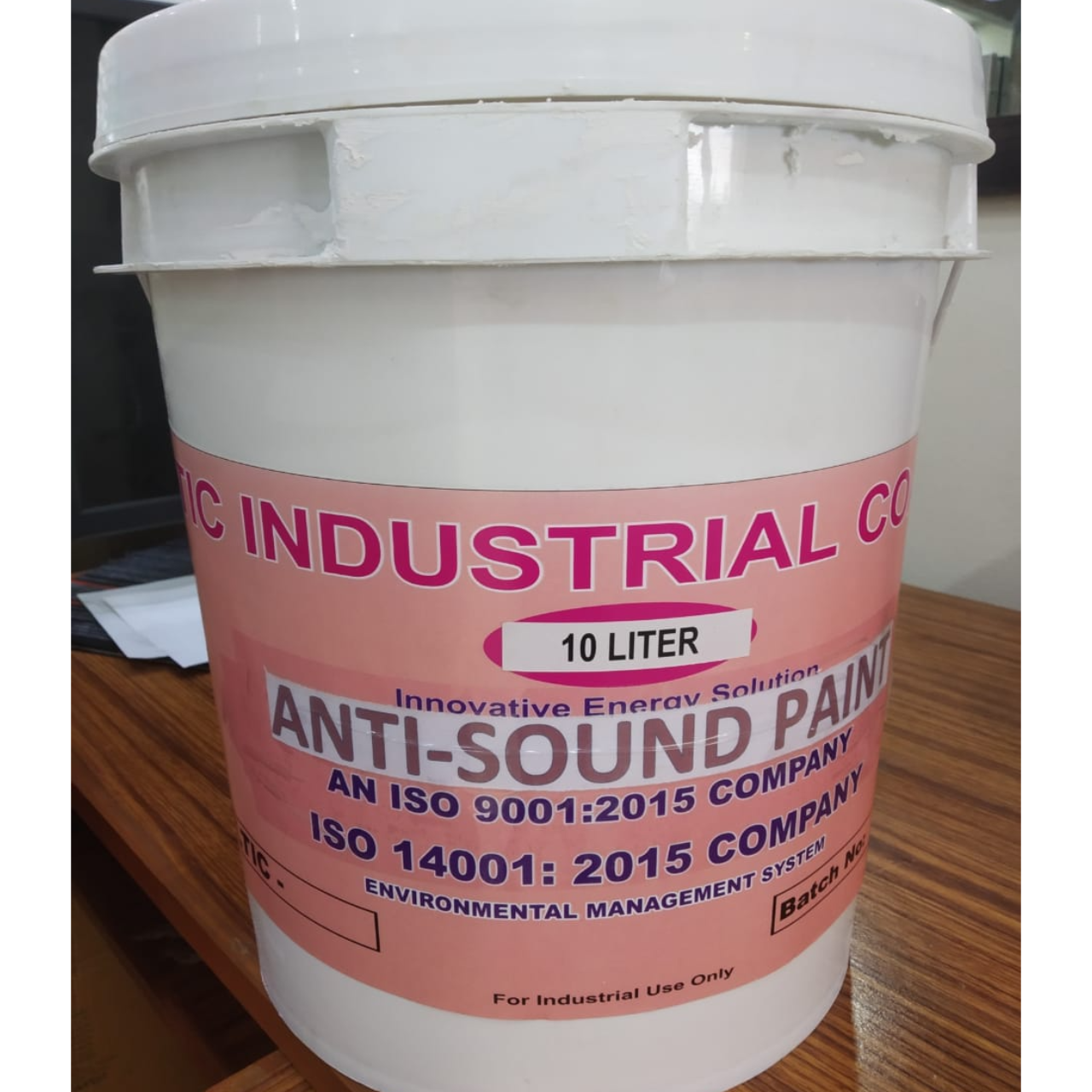Anti-sound paint, also known as sound-deadening or acoustic paint, is a specially formulated coating designed to reduce noise transmission and reverberation. It typically contains sound-absorbing particles and is applied in a thicker layer than regular paint. Composition and How it Works Anti-sound paint often incorporates materials like: Latex: As a base. Ceramic microspheres or other fillers: These create small pockets within the dried paint film. Sound-absorbing particles: These are designed to trap sound waves. When sound waves strike a surface coated with anti-sound paint, the following happens: Absorption: The porous nature of the paint and the sound-absorbing particles help to absorb some of the sound energy. Damping: The particles within the paint vibrate when sound waves hit them, converting some of the sound energy into thermal energy, which is then dissipated as heat. This reduces the sound's intensity. Isolation: Some anti-sound paints aim to create a barrier that reduces the transmission of sound through the coated surface.

This is your website preview.
Currently it only shows your basic business info. Start adding relevant business details such as description, images and products or services to gain your customers attention by using Boost 360 android app / iOS App / web portal.


Submit Your Enquiry